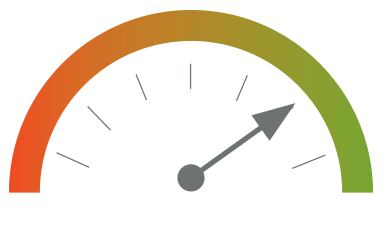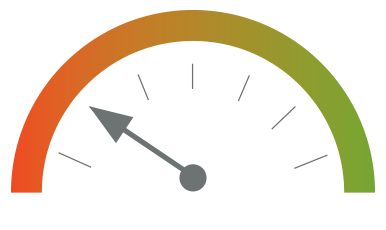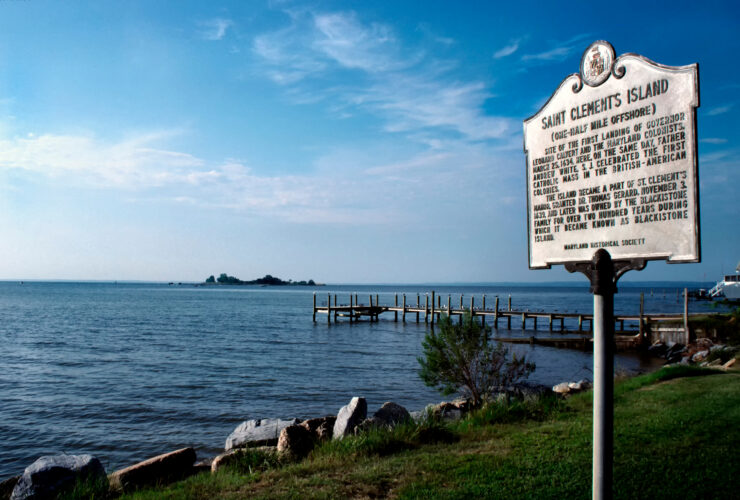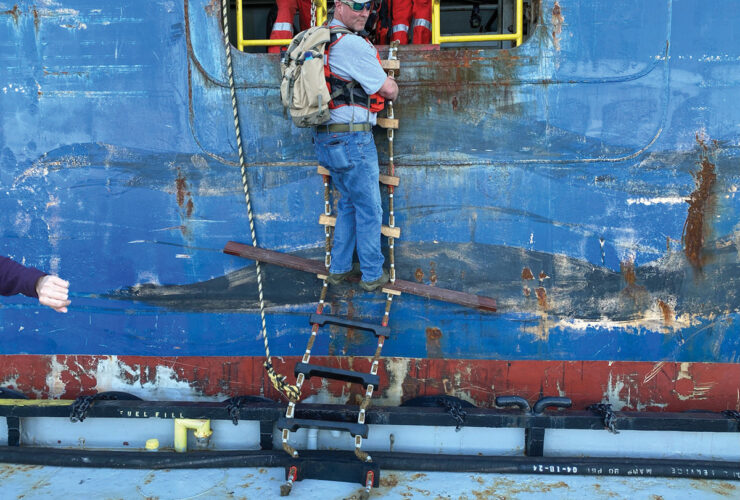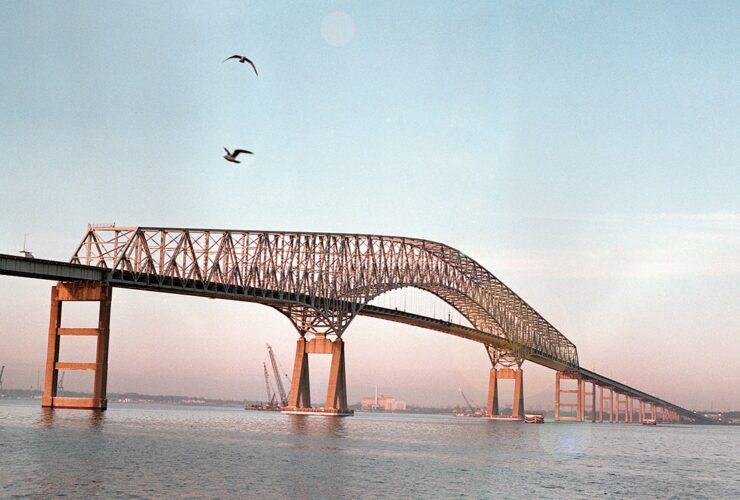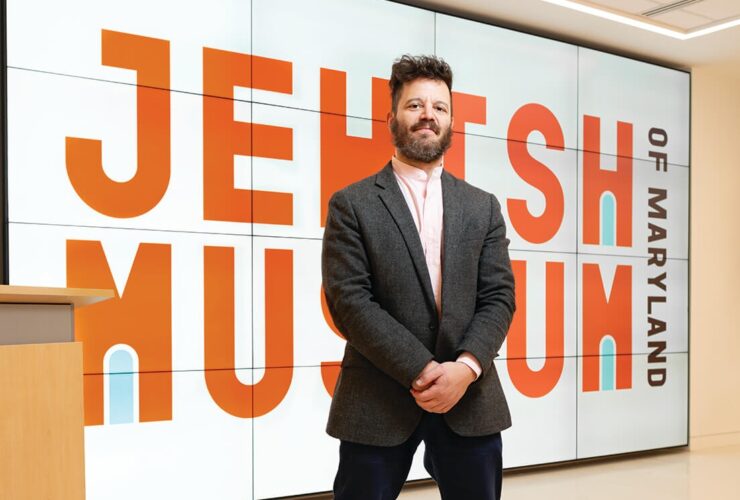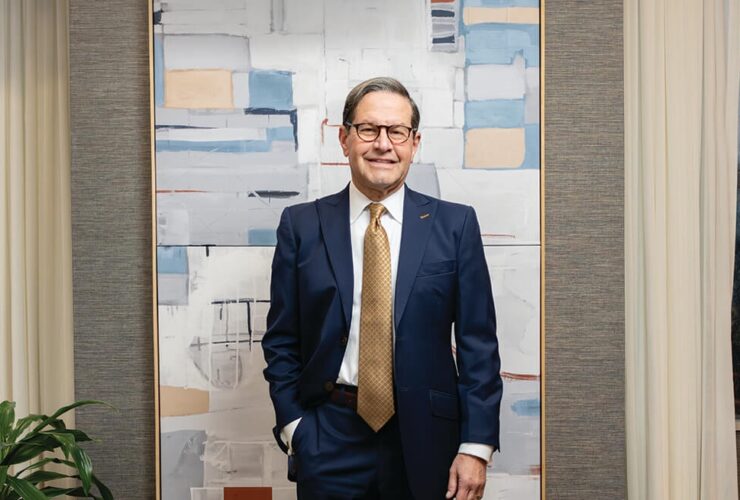
Science & Technology
Pipe Dreams
With two high-speed trains suddenly on the Maryland horizon, it’s kind of hard to keep up.
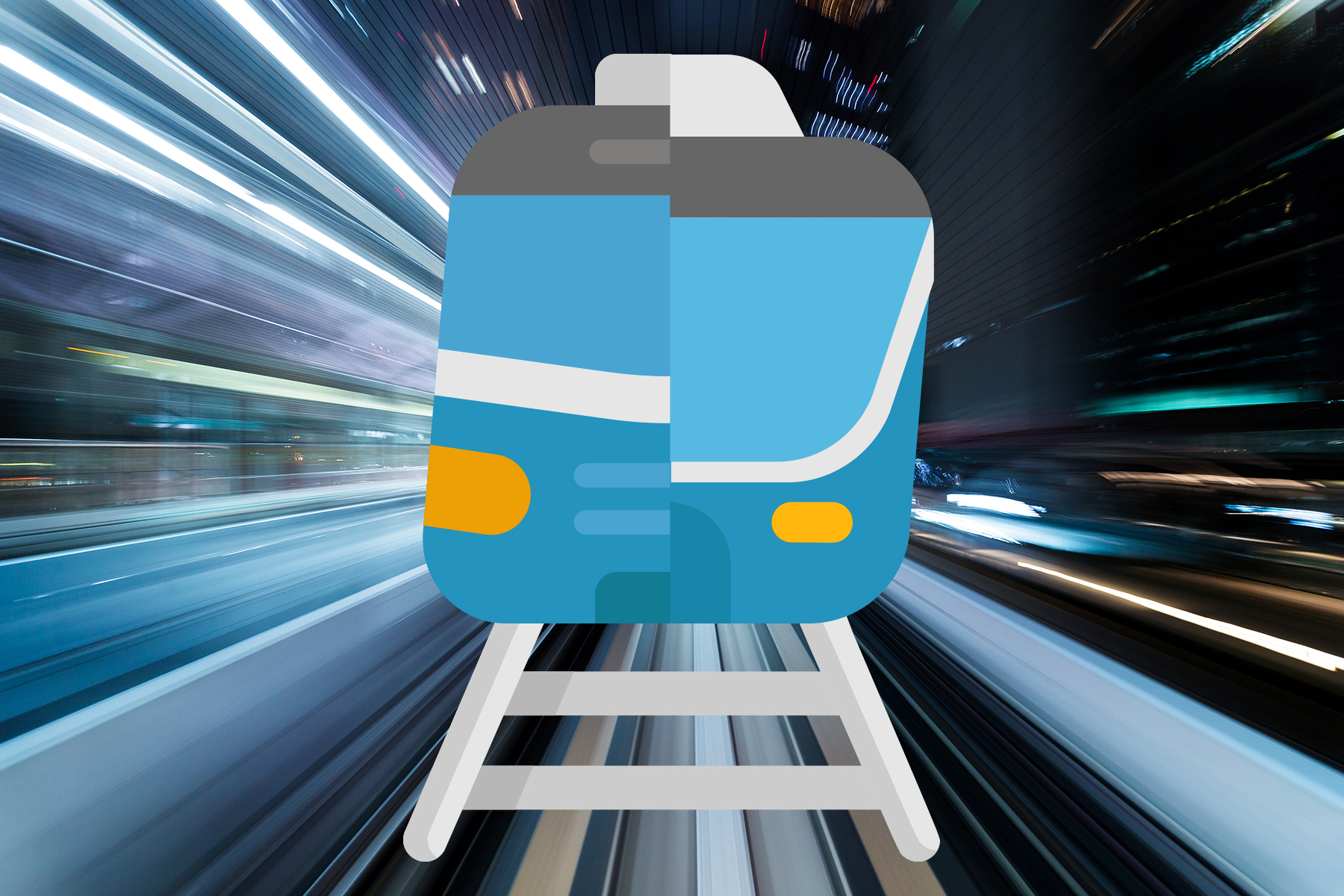
We aren’t sure how Baltimore went from being a transportation dead zone (R.I.P. Red Line) to a potential city of the future slated for two Jetsons-esque transit options (hello, high-speed trains). While the Red Line would have been beyond practical, the Maglev and Hyperloop seem so far off that they almost feel like fantasy. But after last August (when Japan funded a feasibility study for North America’s first Maglev), and this October (when Governor Hogan announced digging approval for Elon Musk’s pie-in-the-sky Hyperloop), the city might actually be getting closer to a shorter commute. While we’re sitting in bumper-to-bumper on the JFX or Beltway, we might as well dream, right? For that, we’ve pulled together a primer for our far-out travels.
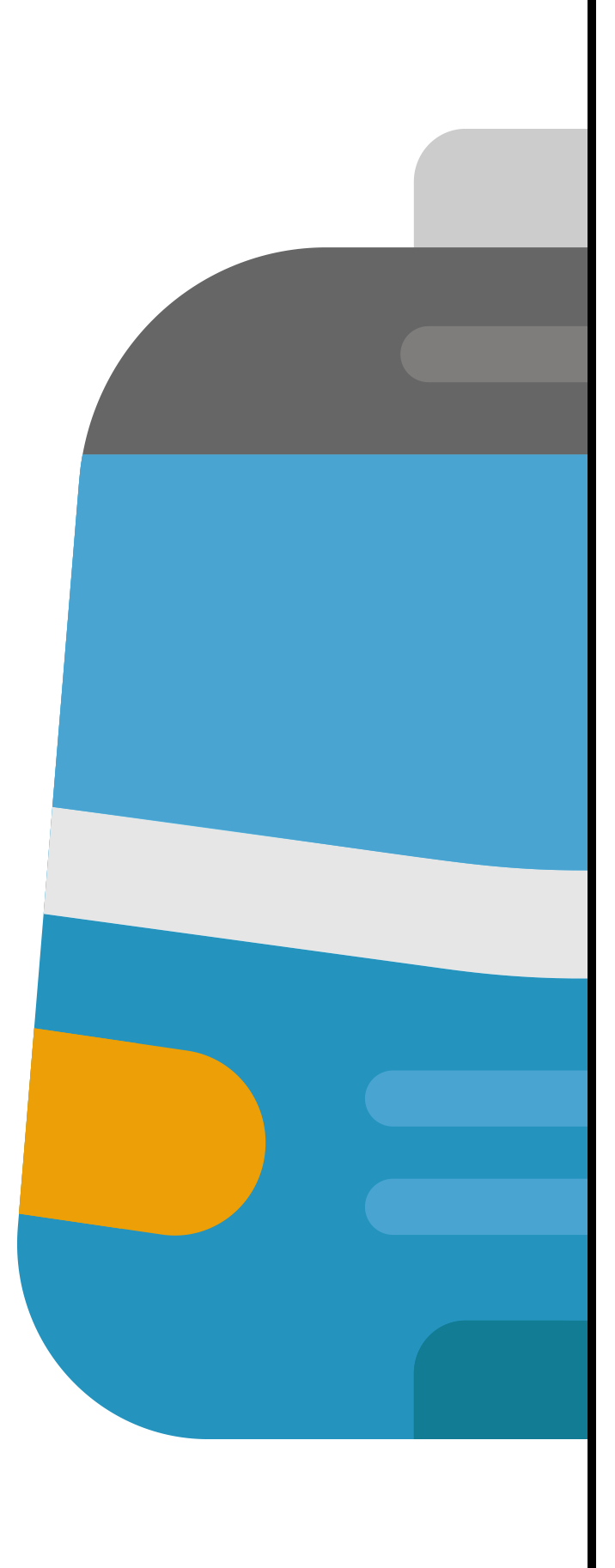
MAGLEV
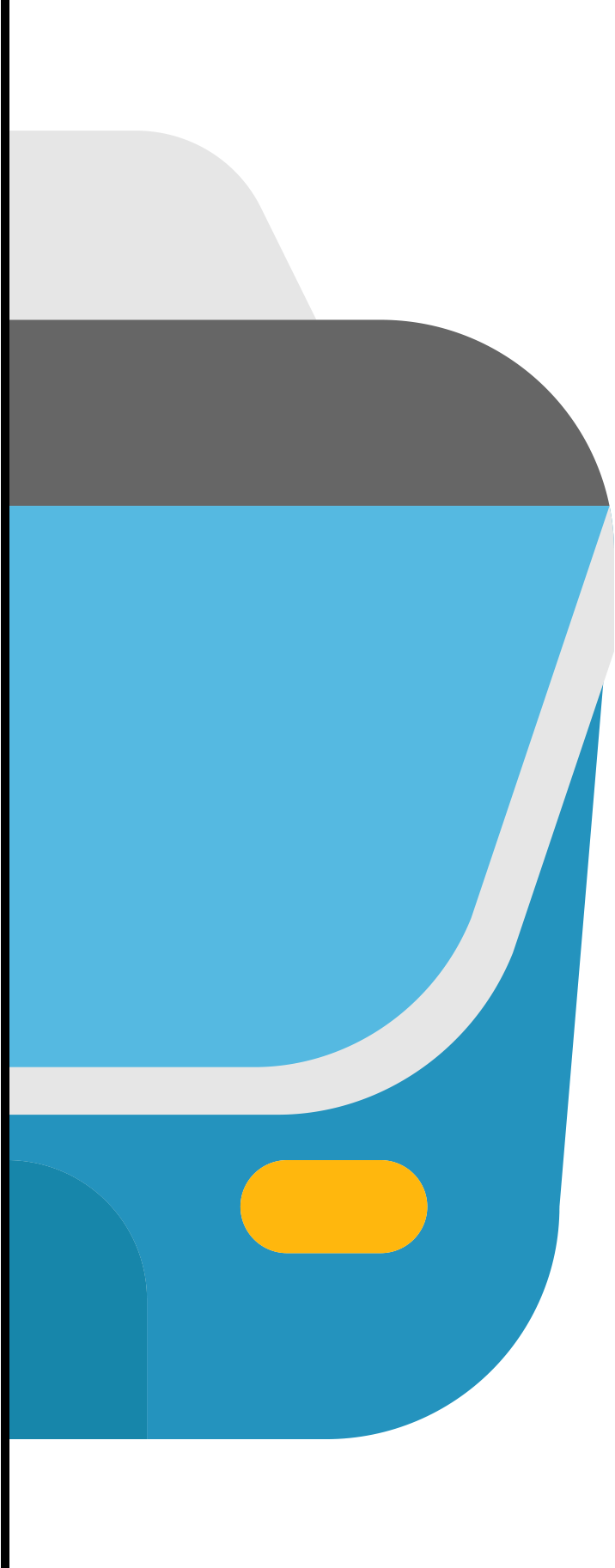
HYPERLOOP
STATUS
The Federal Railroad Administration and Maryland Department of Transportation are preparing an Environmental Impact Statement to evaluate construction and operation.
The state has approved a conditional utility permit to be used by Elon Musk’s Boring Company to dig a 10.3-mile train tunnel.
STATIONS
DC
BWI
BALTIMORE
DC
BALTIMORE
PHILADELPHIA
NYC
SPEED
upward of

upward of

BALTIMORE TO DC
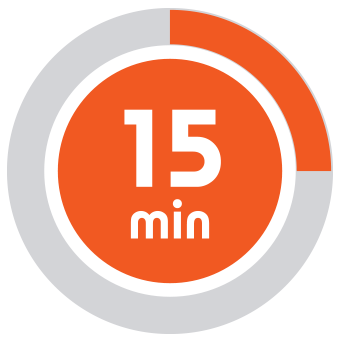

THAT’S FASTER THAN

bike
(4 hrs.)

CAR
(50 min.-1.5 hrs.)

TRAIN
(36 min.-1 hr., 5 min.)

Boeing 747 jets
(659 mph)

the speed of sound
(almost, 767 mph)
WHERE ELSE IT EXISTS
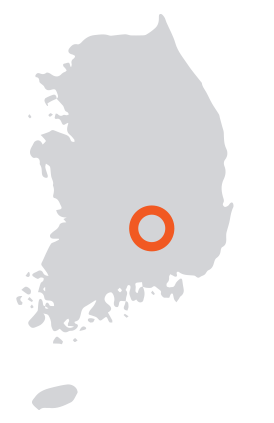
KOREA
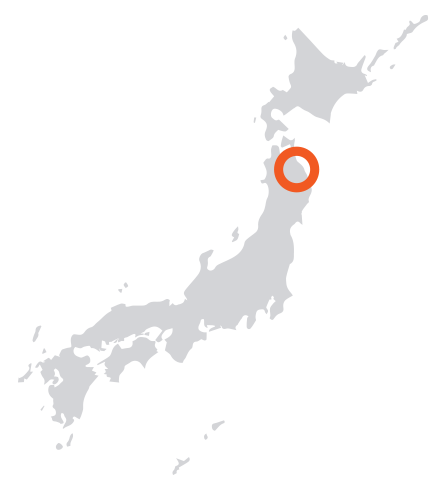
JAPAN
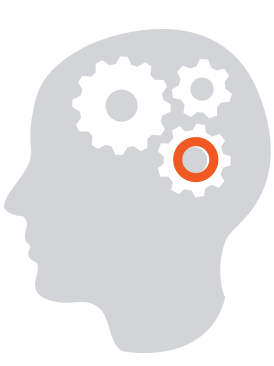
Elon Musk’s brain
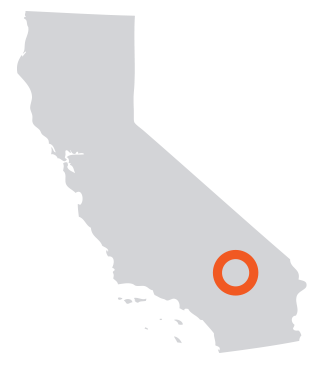
Southern California (eventually, potentially)
COST

$10 billion

$20 million per mile (estimated)
PROJECTED COMPLETION


BUT IS IT SAFE?
Yes, and comfortable—apparently—with negligible turbulence.
With concerns surrounding the gravitational forces’ ability to crush or, at the very least, nauseate travelers, tests are underway on the passenger pods. Musk’s team says the Hyperloop should be safe and similar to train or air travel thanks to constant velocity in a sealed vessel.
ODDS IT WILL HAPPEN
